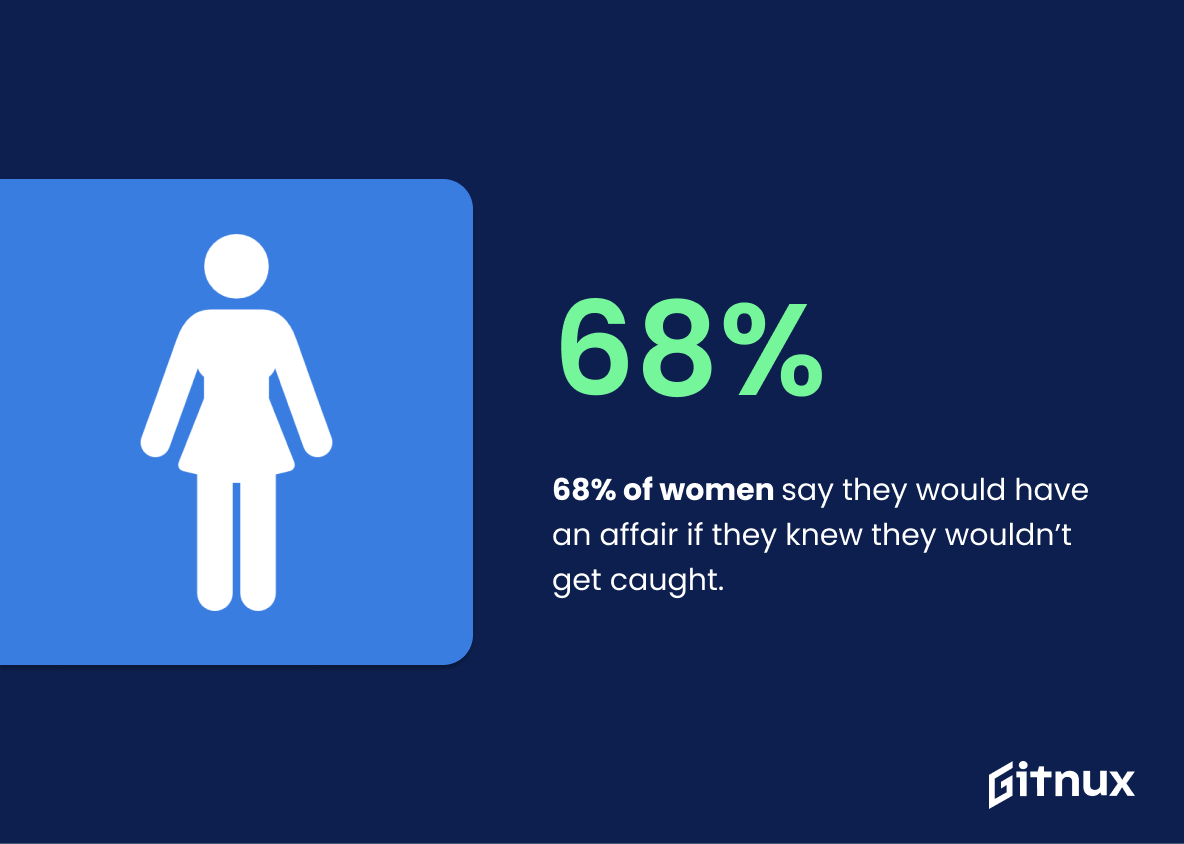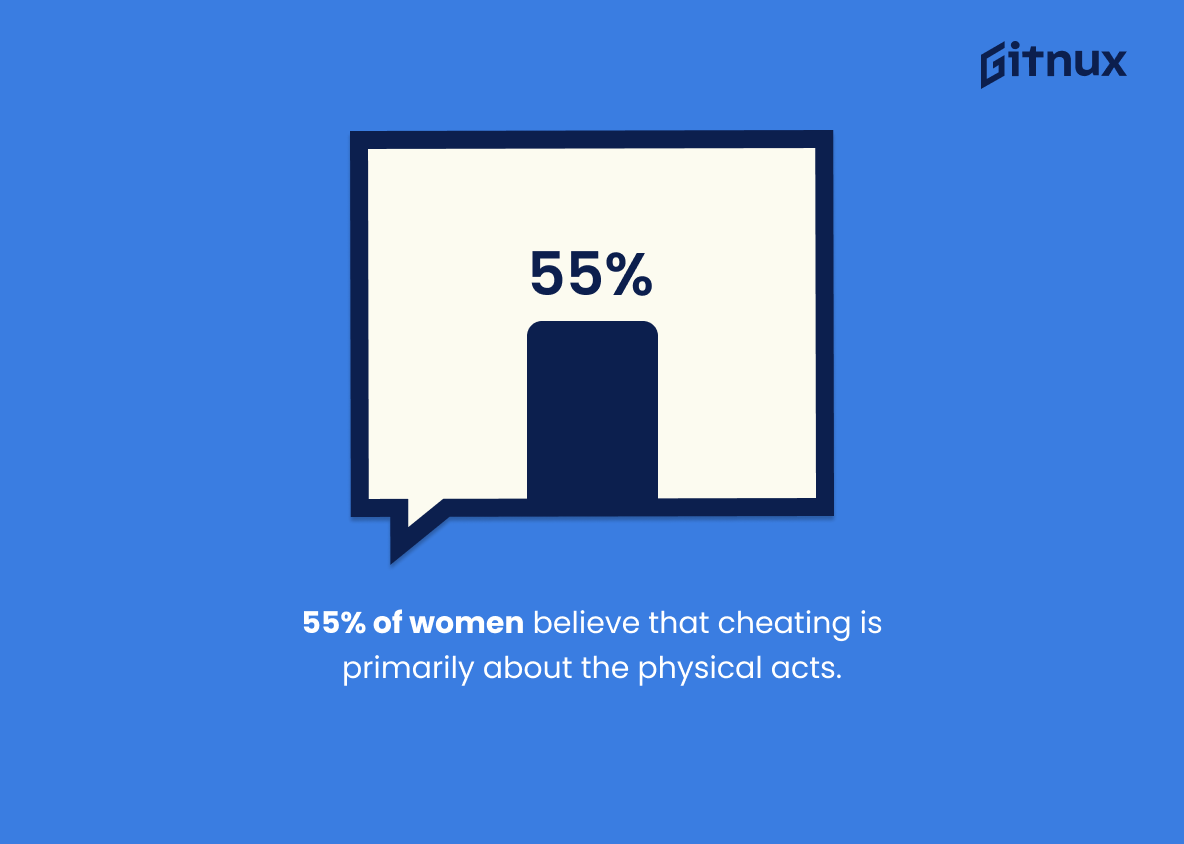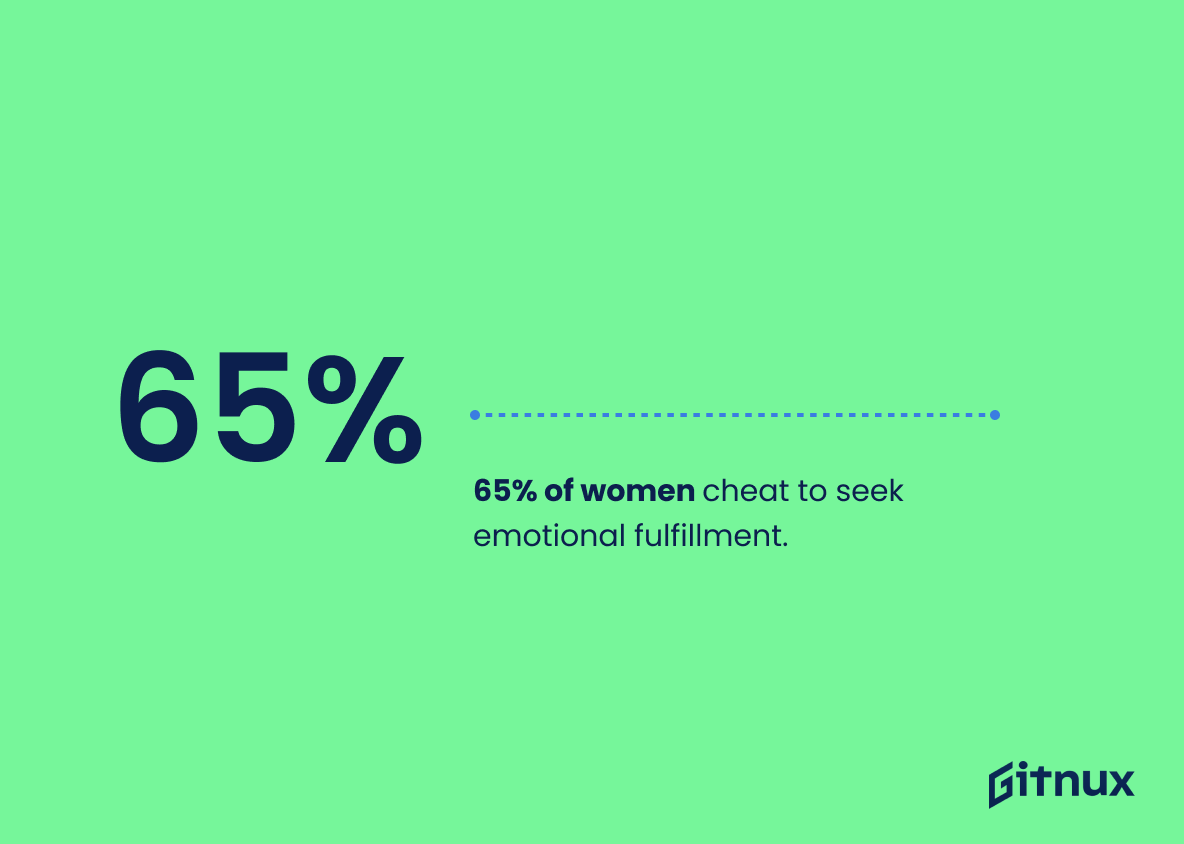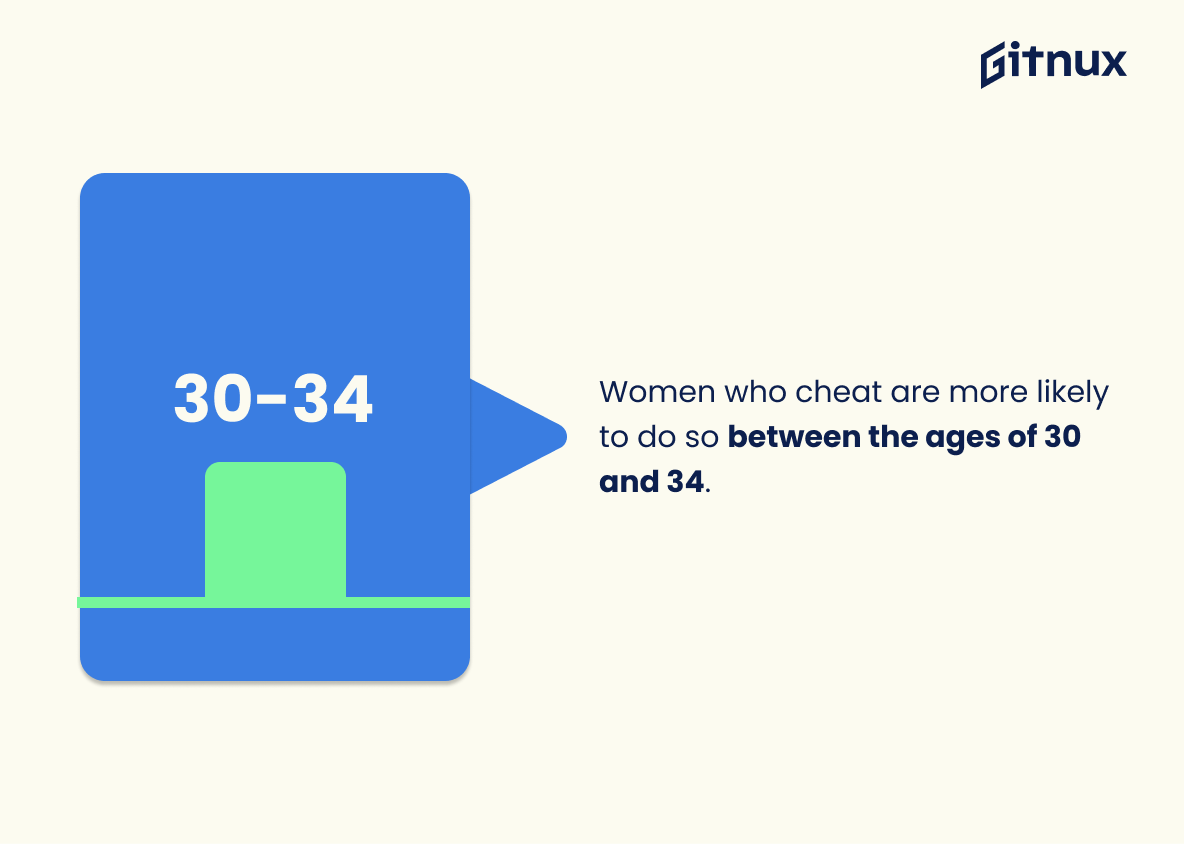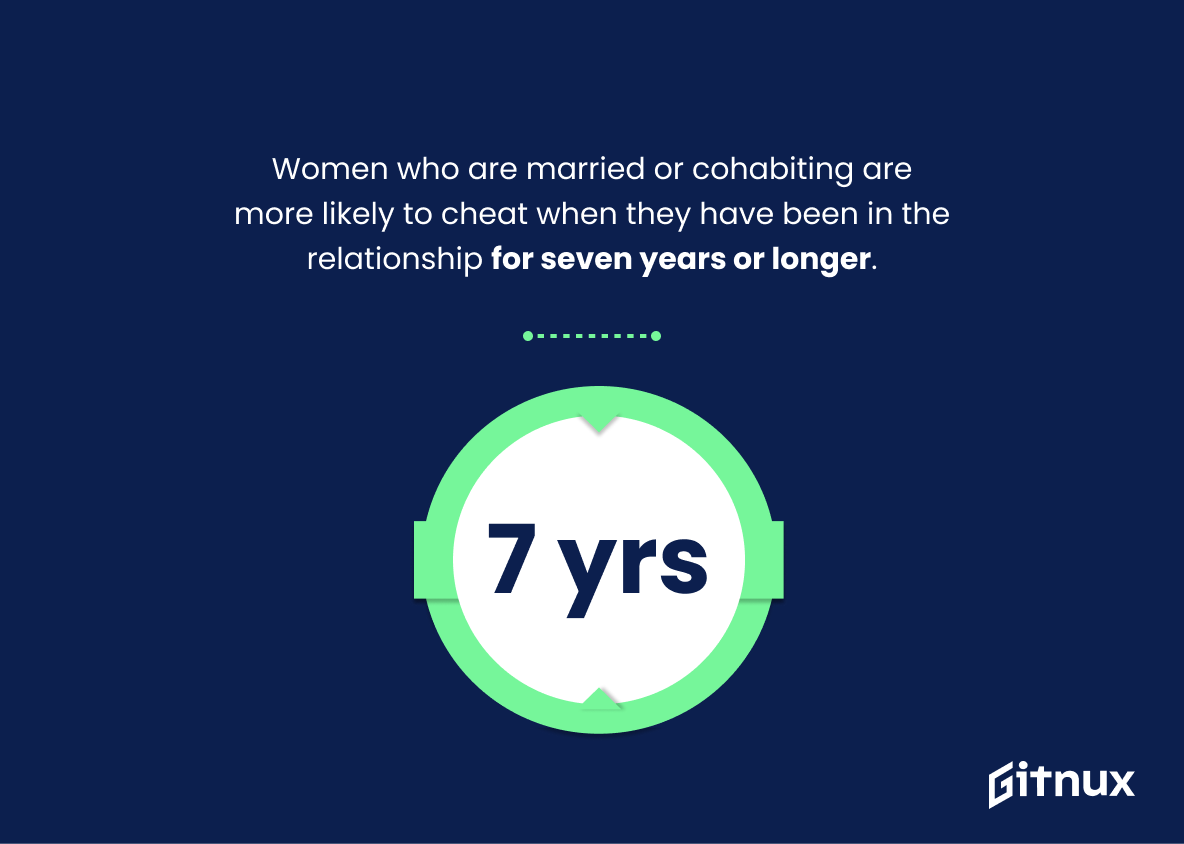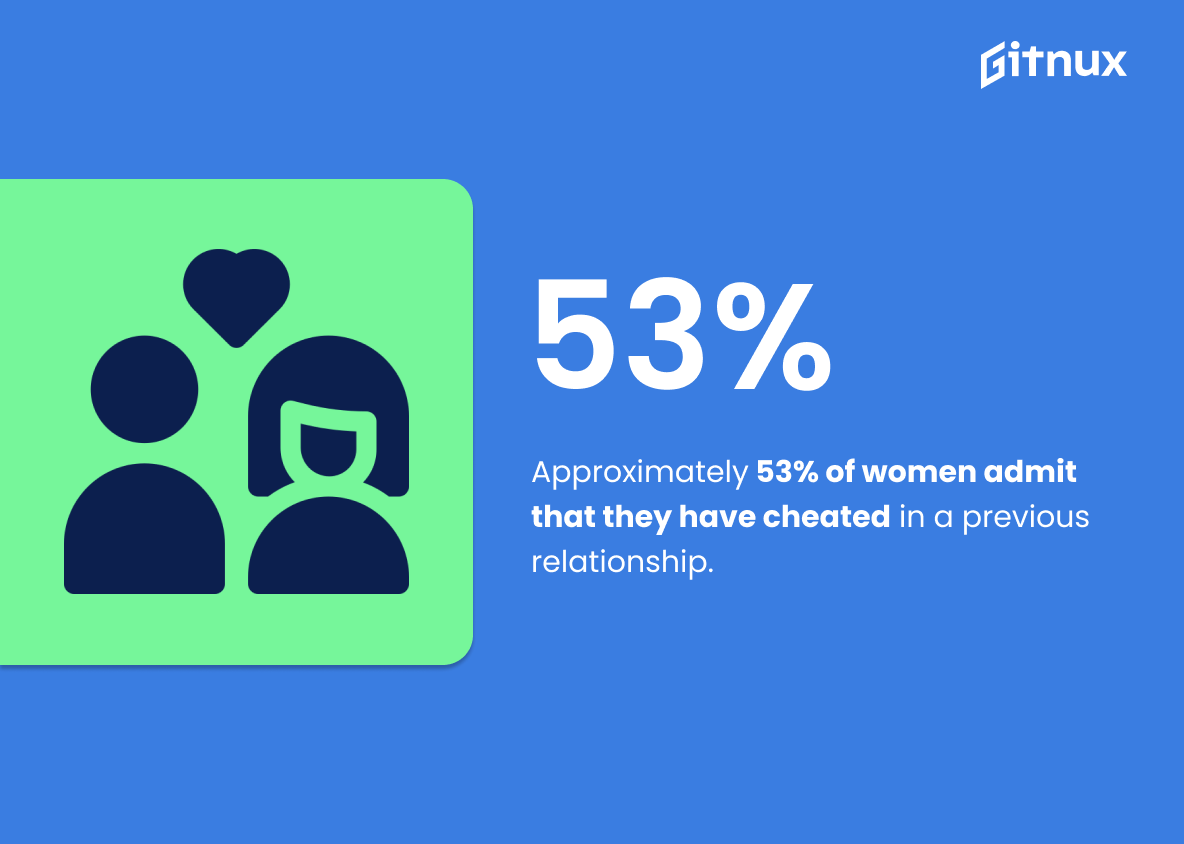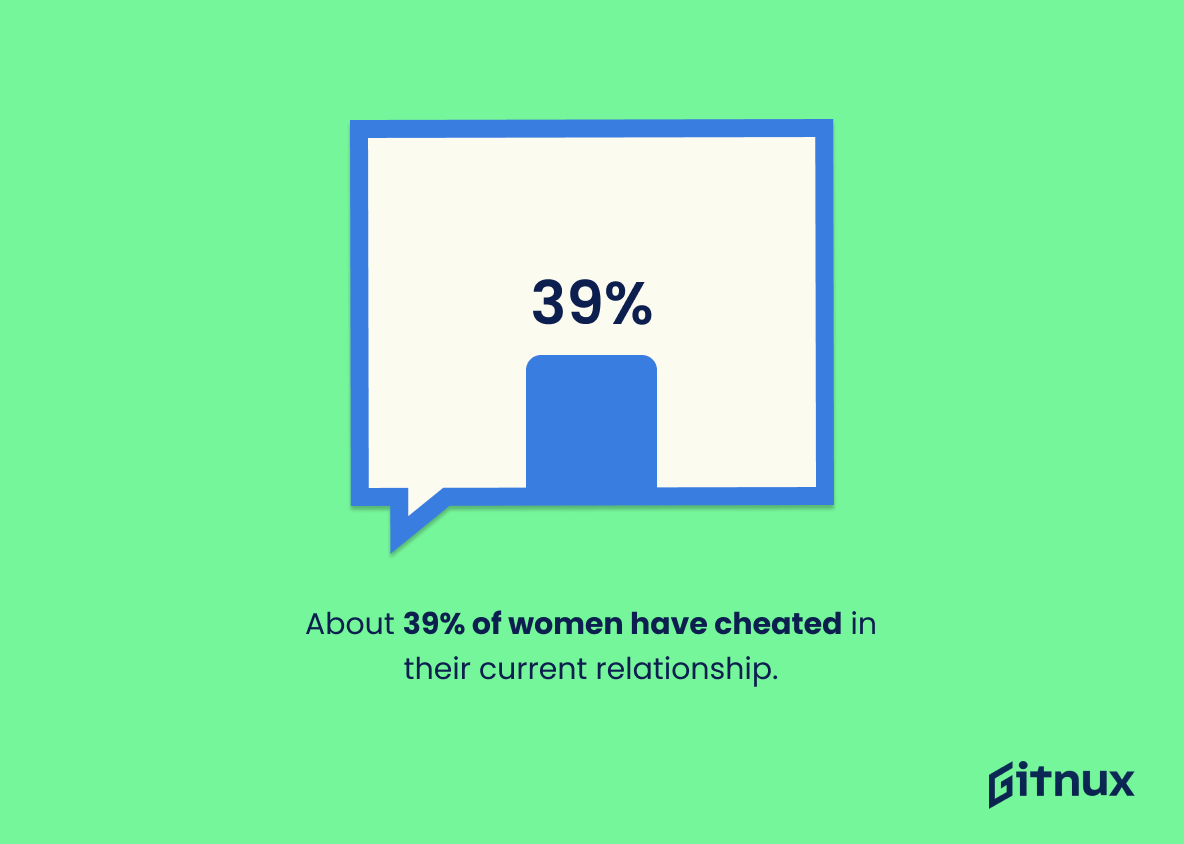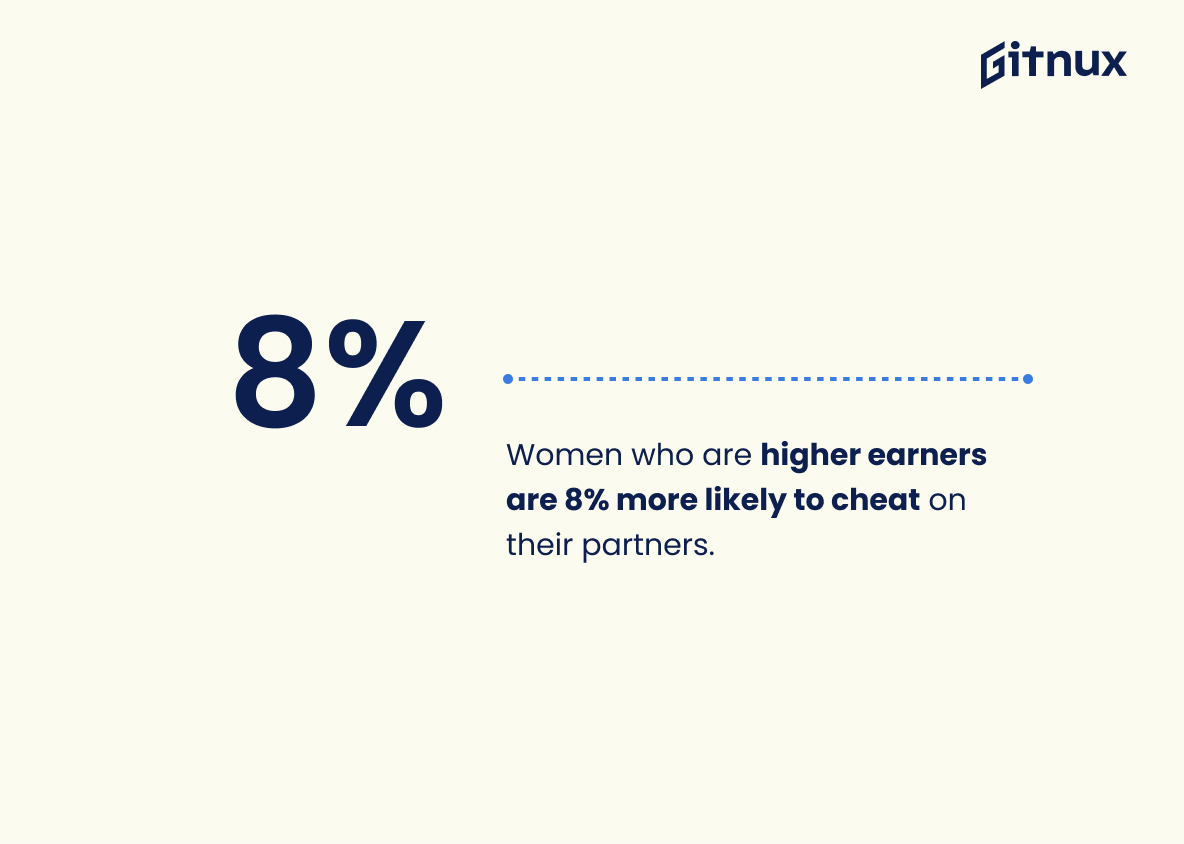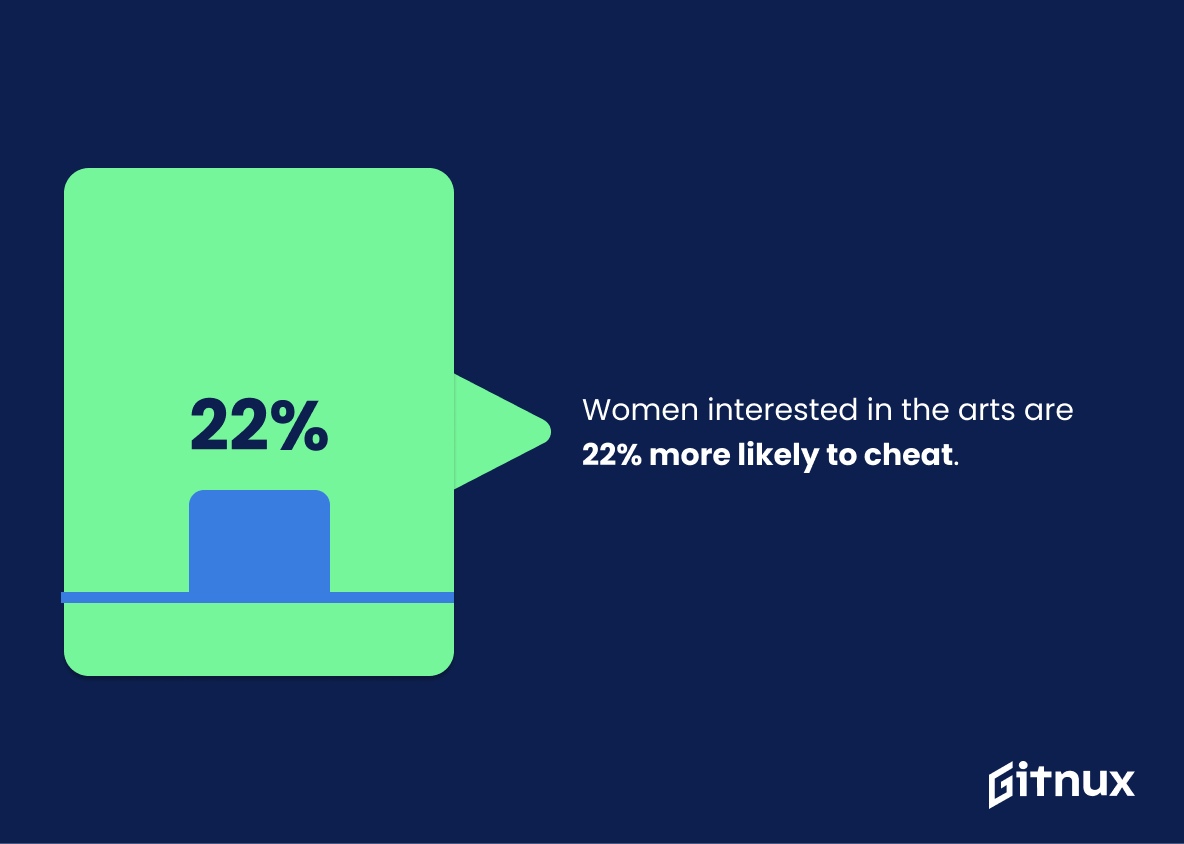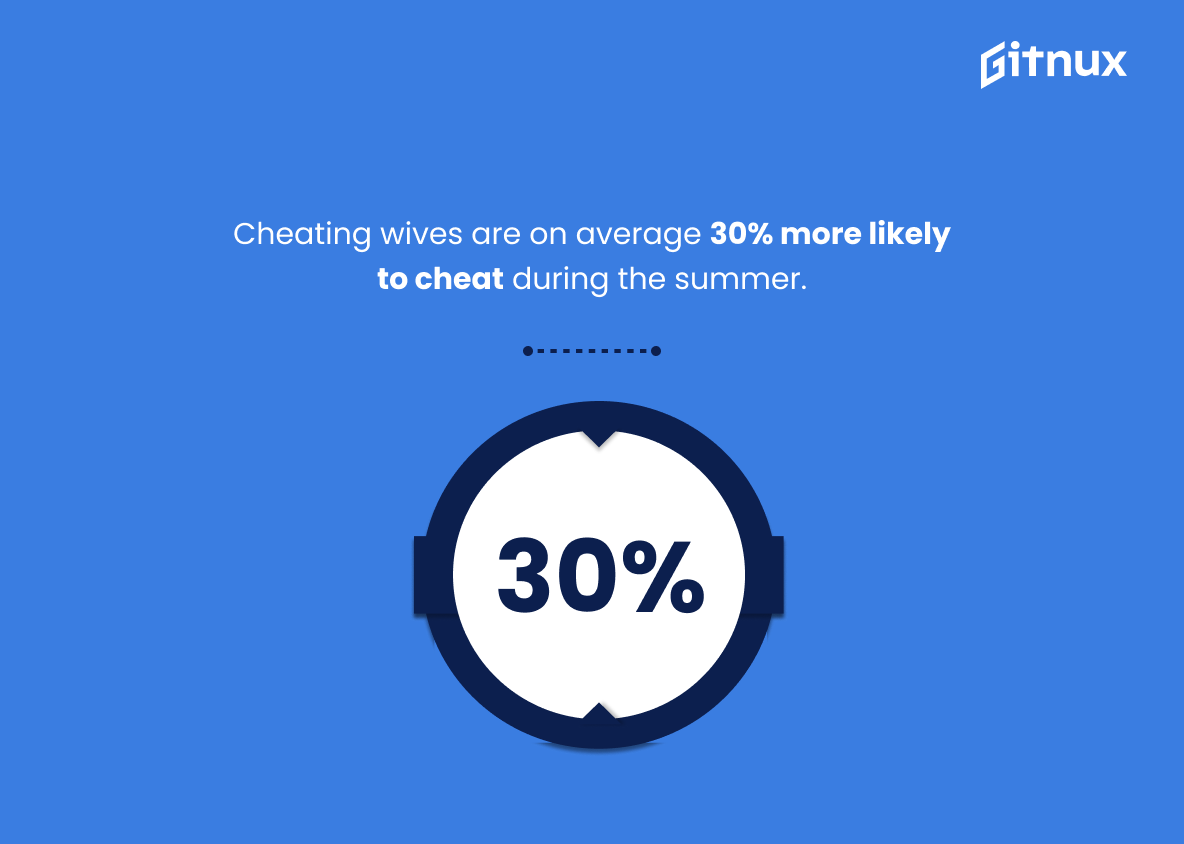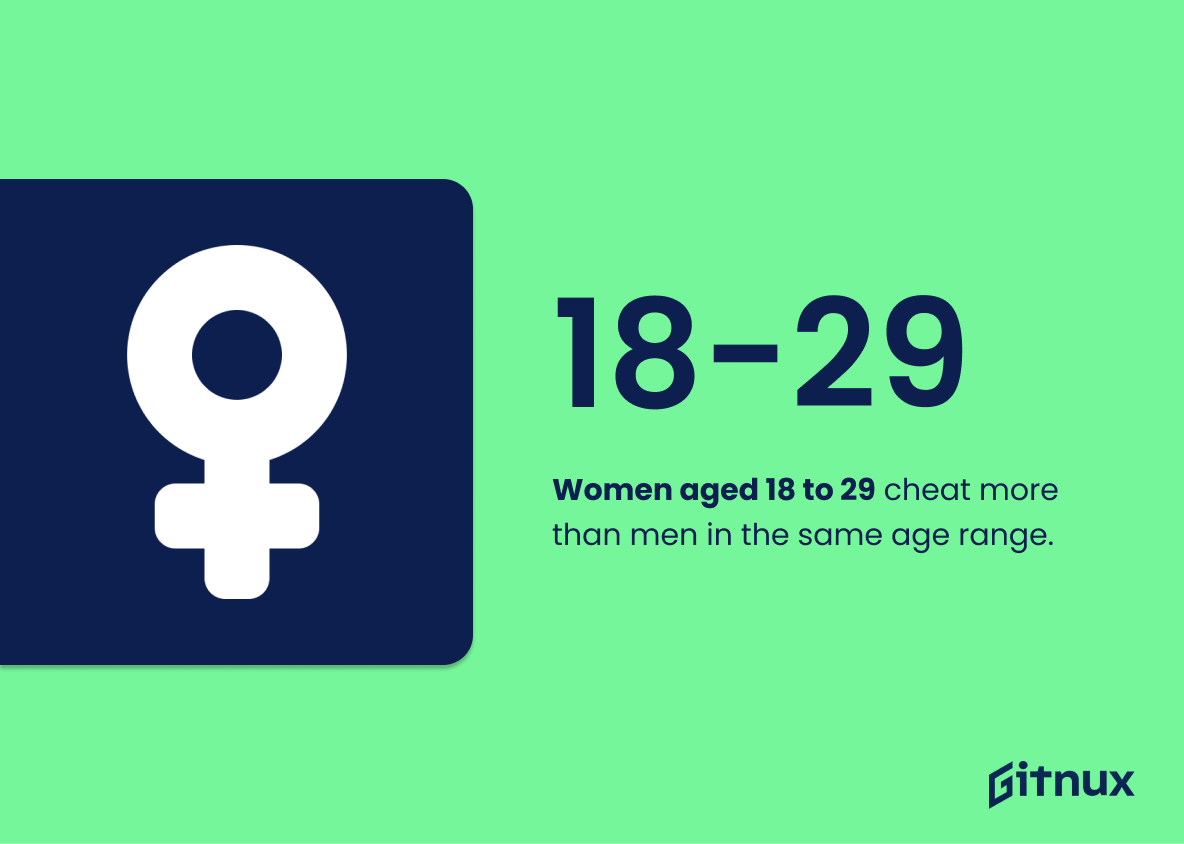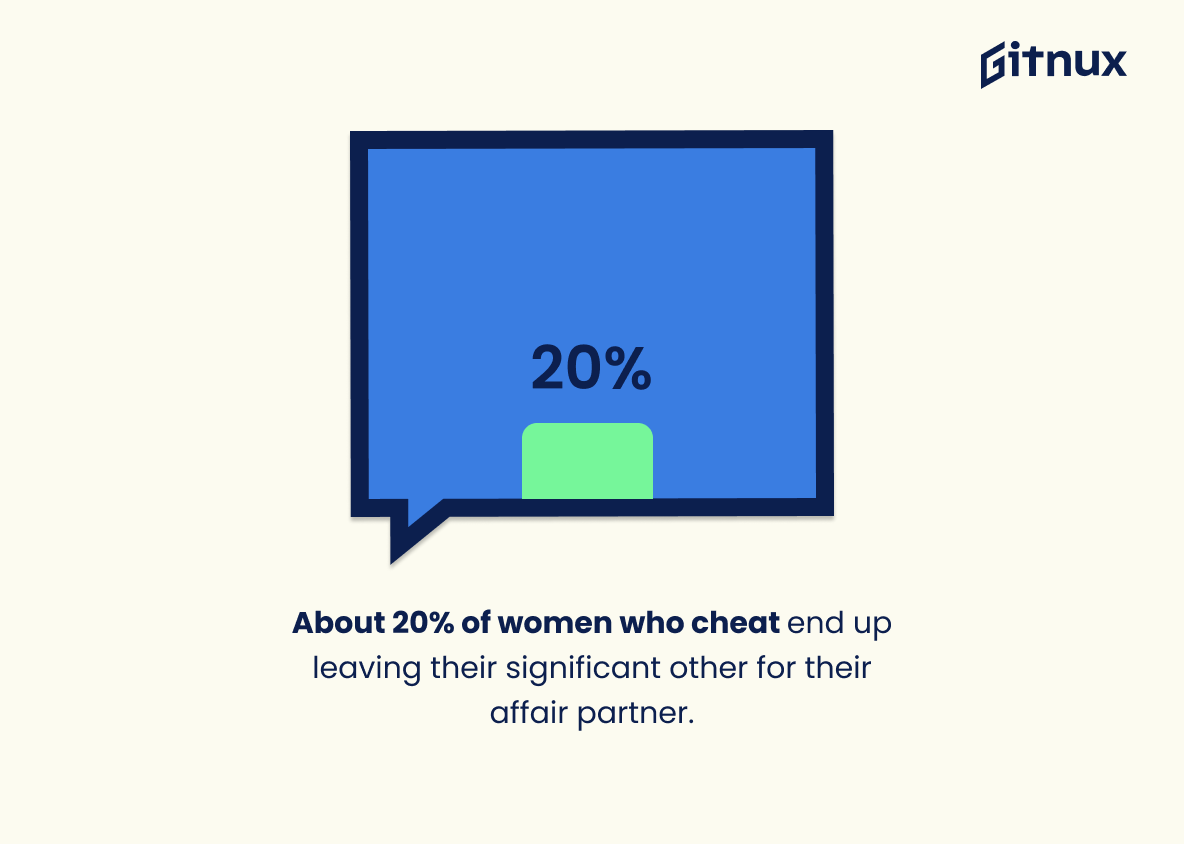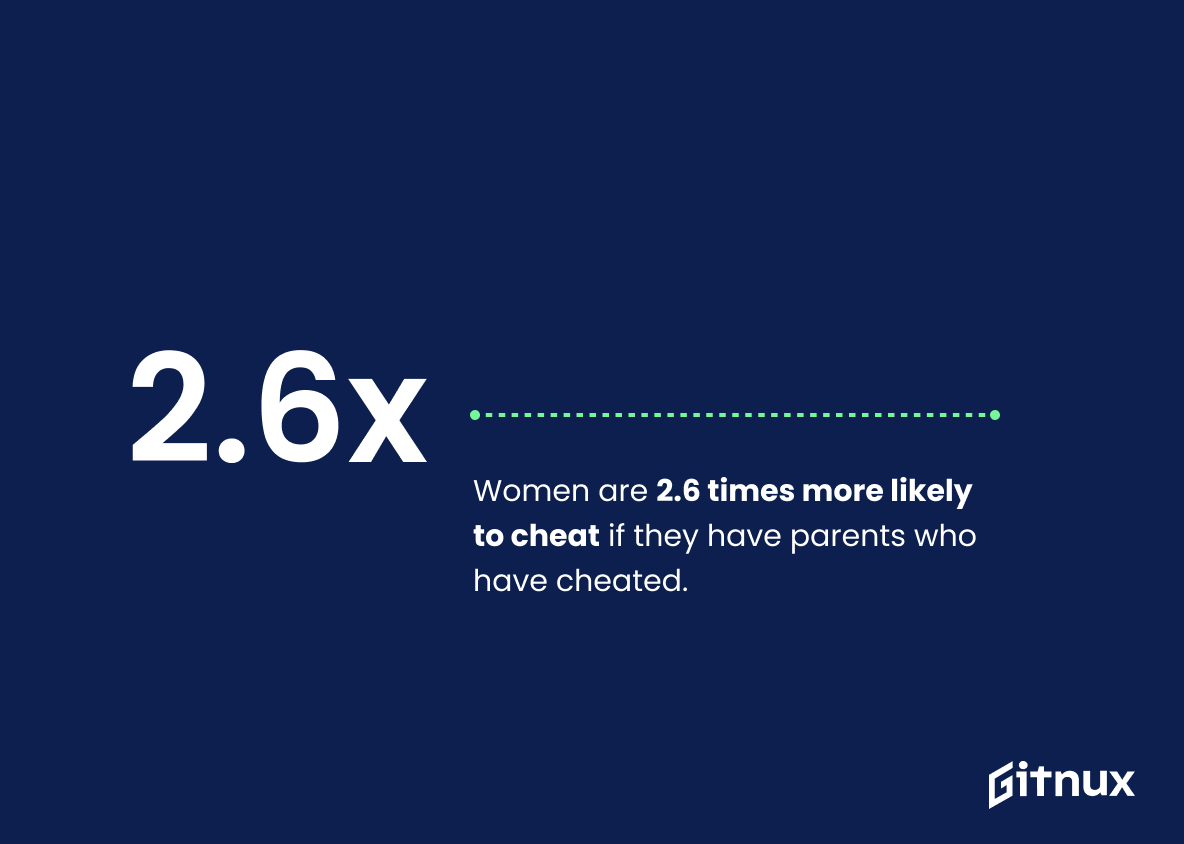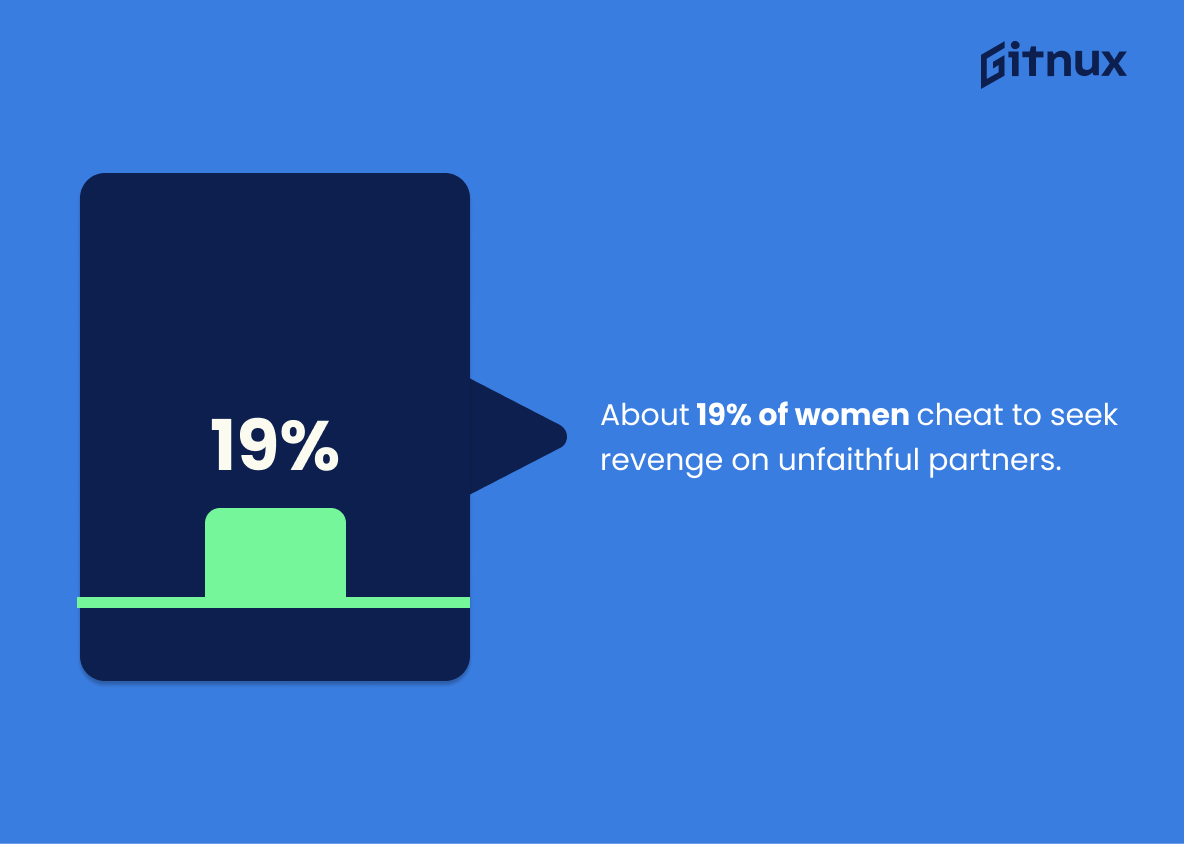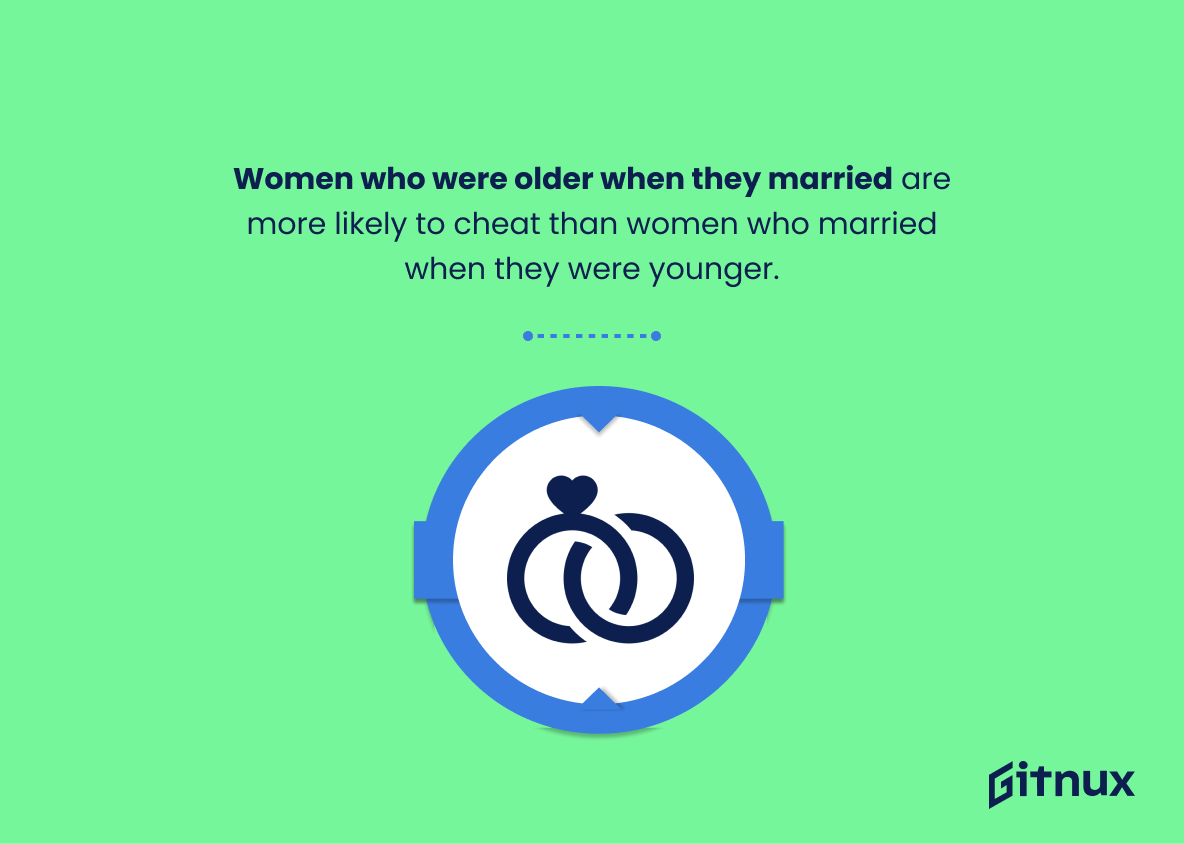Cheating is a common occurrence in relationships, and it’s important to understand the statistics behind why people cheat. This blog post will explore 20 different statistics about women cheating that have been gathered from various sources.
We’ll look at how age, education level, economic dependence on partners, and other factors can influence whether or not someone cheats. Additionally, we’ll discuss what motivates women to cheat and the consequences of their actions. By understanding these stats better, we can gain insight into this complex issue and work towards preventing infidelity in our own lives as well as those around us.
This statistic is a powerful reminder that women are not as likely to engage in infidelity as men. It serves as a reminder that women should not be judged or stereotyped for their actions, as they are less likely to be unfaithful than their male counterparts. This statistic is an important piece of information to consider when discussing the topic of women cheating, as it provides a more accurate representation of the reality of the situation.
Women who are 100% economically dependent on their partners are 5% more likely to cheat.
This statistic is a powerful indicator of the prevalence of cheating among women who are financially dependent on their partners. It highlights the importance of financial independence for women, and how it can be a factor in preventing infidelity. It also serves as a reminder that women should not be taken for granted in relationships, and that their needs should be taken into account. This statistic is an important part of the conversation about women cheating statistics, and should not be overlooked.
Women Cheating Statistics Overview
68% of women say they would have an affair if they knew they wouldn’t get caught.
This statistic is a powerful indicator of the prevalence of infidelity among women, and is an important piece of information to consider when discussing the topic of women cheating. It speaks to the fact that, even when faced with the potential consequences of being caught, a large majority of women would still be willing to engage in an affair. This statistic is a valuable addition to any discussion about women cheating, as it provides insight into the motivations and desires of women when it comes to infidelity.
55% of women believe that cheating is primarily about the physical acts.
This statistic is significant in the context of a blog post about Women Cheating Statistics because it provides insight into the motivations behind female infidelity. It suggests that for many women, cheating is not just about emotional connection, but also about physical gratification. This statistic can help to inform readers about the complexities of female cheating and the various factors that can contribute to it.
65% of women cheat to seek emotional fulfillment.
This statistic is a powerful indicator of the emotional needs of women that are not being met in their relationships. It speaks to the importance of understanding the emotional needs of women and how they can be addressed in order to prevent cheating. This statistic is a valuable piece of information for anyone looking to gain insight into the motivations behind women’s cheating behavior.
Women who cheat are more likely to do so between the ages of 30 and 34.
This statistic is a telling indication of the age range in which women are most likely to engage in infidelity. It provides insight into the age group that is most vulnerable to the temptation of cheating, and can help to inform strategies for prevention and education. Furthermore, it can help to inform the discussion around the motivations and triggers for cheating among women in this age range.
Women who are married or cohabiting are more likely to cheat when they have been in the relationship for seven years or longer.
This statistic is a telling indication of the reality that, after a certain amount of time in a relationship, women may be more likely to stray. It serves as a reminder that, even in committed relationships, it is important to keep the spark alive and to continue to nurture the relationship. This statistic is an important one to consider when discussing the prevalence of women cheating in relationships.
Approximately 53% of women admit that they have cheated in a previous relationship.
This statistic is a powerful indicator of the prevalence of cheating among women in relationships. It serves as a reminder that infidelity is not a gender-specific issue, and that it is important to be aware of the potential for cheating in any relationship. This statistic is also important in the context of a blog post about Women Cheating Statistics, as it provides a baseline for further discussion and analysis of the topic.
About 39% of women have cheated in their current relationship.
This statistic is a powerful indicator of the prevalence of cheating among women in current relationships. It serves as a reminder that infidelity is not a gender-specific issue, and that women are just as likely to engage in it as men. This statistic is an important piece of information to consider when discussing the topic of women cheating, as it provides a tangible example of the reality of the situation.
Women who are higher earners are 8% more likely to cheat on their partners.
This statistic is a powerful indicator of the prevalence of infidelity among higher-earning women, and is an important piece of information to consider when discussing the topic of women cheating. It provides insight into the motivations and behaviors of women who are in a position of financial power, and can help to inform the conversation about the prevalence of cheating among women.
Women interested in the arts are 22% more likely to cheat.
This statistic is a powerful indicator of the prevalence of cheating among women interested in the arts. It serves as a reminder that, while cheating is a problem that affects all genders, women in the arts may be particularly vulnerable to it. This statistic is an important piece of the puzzle when it comes to understanding the motivations and behaviors of women who cheat, and it can help inform strategies for preventing and addressing cheating among this population.
Cheating wives are on average 30% more likely to cheat during the summer.
This statistic is particularly relevant in a blog post about Women Cheating Statistics, as it highlights the seasonal nature of infidelity. It suggests that women are more likely to be unfaithful during the summer months, which could be due to a variety of factors such as increased leisure time, more opportunities to meet new people, or a desire to escape the monotony of everyday life. Understanding this seasonal pattern can help people to be more aware of the potential for cheating during the summer months, and to take steps to protect their relationships.
Women aged 18 to 29 cheat more than men in the same age range.
This statistic is a powerful indicator of the changing dynamics of relationships among young adults. It speaks to the shifting attitudes and expectations of both men and women in the 18-29 age range, and provides insight into the motivations and behaviors of this demographic. By highlighting this statistic, a blog post about Women Cheating Statistics can provide a more comprehensive understanding of the issue, and help to inform readers about the current state of affairs.
About 20% of women who cheat end up leaving their significant other for their affair partner.
This statistic is a powerful reminder of the potential consequences of cheating. It highlights the fact that, for some women, cheating can lead to a complete change in their relationship status. This statistic is important to consider when discussing the prevalence of women cheating, as it provides insight into the potential outcomes of such behavior.
Women are 2.6 times more likely to cheat if they have parents who have cheated.
This statistic is a powerful indicator of the influence of parental behavior on the likelihood of a woman cheating. It suggests that the example set by parents can have a significant impact on the decisions of their children, and that the behavior of parents can have a lasting effect on their children’s lives. This is an important point to consider when discussing the prevalence of cheating among women, as it highlights the importance of setting a good example for children.
About 19% of women cheat to seek revenge on unfaithful partners.
This statistic is a powerful reminder that infidelity can have serious consequences. It highlights the fact that when a partner is unfaithful, it can lead to a woman feeling the need to seek revenge. This statistic is an important part of the conversation about women cheating, as it shows that the issue is not just about physical attraction, but also about the emotional impact of betrayal.
Women who were older when they married are more likely to cheat than women who married when they were younger.
This statistic is a powerful indicator of the potential for infidelity among women who marry later in life. It suggests that women who wait to marry may be more likely to seek out other partners, either out of a desire for more freedom or a lack of satisfaction in their current relationship. This is an important point to consider when discussing the prevalence of cheating among women, as it highlights the importance of timing when it comes to marriage.
Conclusion
After examining the statistics, it is clear that women are more likely to cheat than men. This can be attributed to a variety of factors such as economic dependence on their partners, age at marriage, and revenge for unfaithful partners.
Additionally, certain activities like being interested in the arts or having parents who have cheated also increase the likelihood of cheating among women. It is important to note that while these statistics provide insight into why some women may choose to engage in infidelity, they do not reflect all relationships nor should they be used as an excuse for any individual’s behavior.
References
0. – https://www.prevention.com
1. – https://www.businessinsider.com
2. – https://www.nytimes.com
3. – https://www.refinery29.com
4. – https://www.bestlifeonline.com
5. – https://www.womenshealthmag.com
6. – https://www.heart.co.uk
7. – https://www.cbsnews.com
8. – https://www.marketwatch.com
9. – https://www.mirror.co.uk
10. – https://www.yourtango.com
11. – https://www.today.com
12. – https://www.independent.co.uk
13. – https://www.express.co.uk
14. – https://www.ifstudies.org
